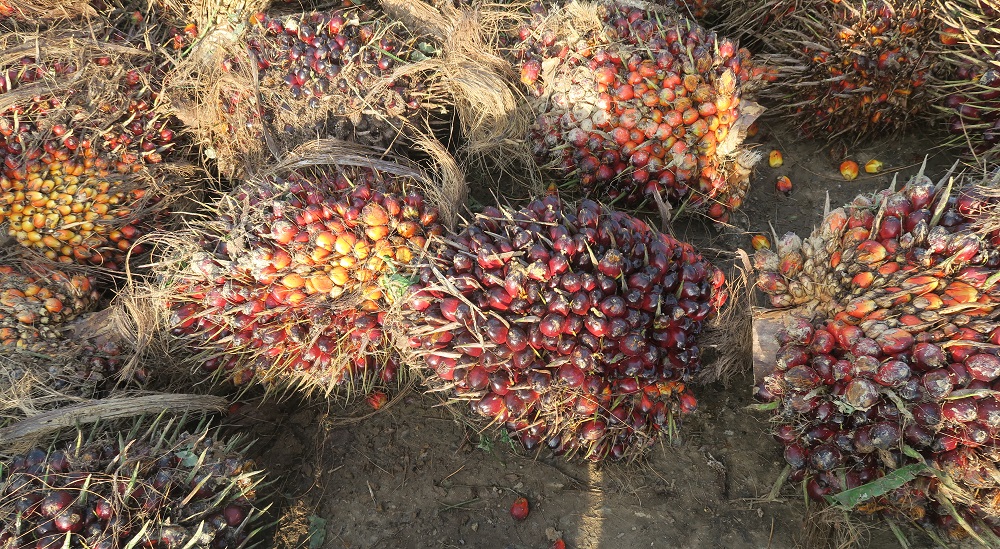Palm oil can be more biodiversity-friendly
A recent NZZ am Sonntag article focuses on the complex consequences of intense palm oil production in rainforests area, such as Malaysia, and features the research of postdoctoral researcher Dr. Natalia Ocampo-Penuela from the Ecosystem Management group of WFSC member Prof. Jaboury Ghazoul.

In the last 20 years, four million hectares of rainforest has fallen in Southeast Asia to make way for oil palm plantations. The yield of such plantations can be 20 tons of palm fruit per year, making about 5 tons of raw palm oil, which provides a rather low-cost raw material, explains Prof. Ghazoul in the NZZ am Sonntag article (05 March 2017).
Dr. Ocampo-Penuela studies the impacts of oil palm production on bird biodiversity and health in Borneo. She explains palm oil plantations create inhospitable habitats for many bird species; too little food and protective cover is available.
A promising new way to make palm oil production more eco-friendly is the idea of “Designer Landscapes.” The concept creates a network of landscapes of different uses. An example could be a mixture of larger primeval rainforests areas, smaller rainforests remnants, and intensive palm oil production zones buffered with more eco-friendly production areas containing crops such as vanilla, coffee, or rubber.
The Ghazoul research team considers all the complex consequences of intensive palm oil production and the diverse conflicts of interest at play. Dr. Ocampo-Penuela works to improve the design of biodiversity-friendly oil palm landscapes, enhance connectivity, and ensure survival of populations that provide important ecosystem services. The team has also created a role-play game to help all stakeholders in the palm oil production industry to understand different motives and to transfer knowledge.
Read the entire external pageNZZ articlecall_made here (in German).

Learn more about the work of Dr. Natalia Ocampo-Penuela.
Natalia studies the impacts of oil palm landscapes on bird populations, connectivity, and health in Borneo and Colombia. Her work is related to the Oil Palm Adaptive Landscapes (OPAL), a joint endeavor for Indonesia, Colombia, and Cameroon led by the Ecosystem Management Group. Natalia works in providing biodiversity information that complements other aspects of this 6-year project.
